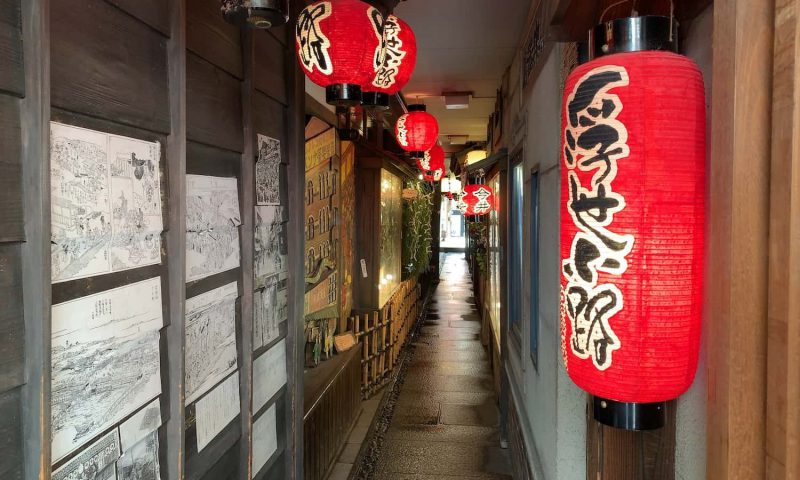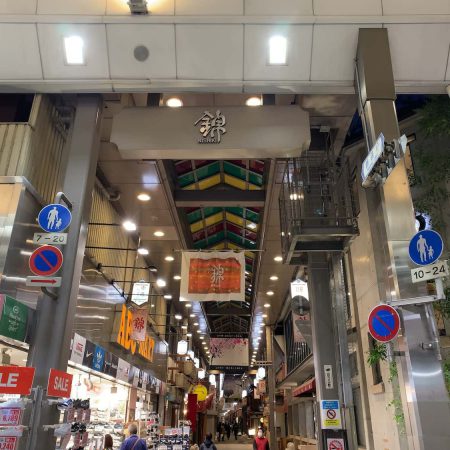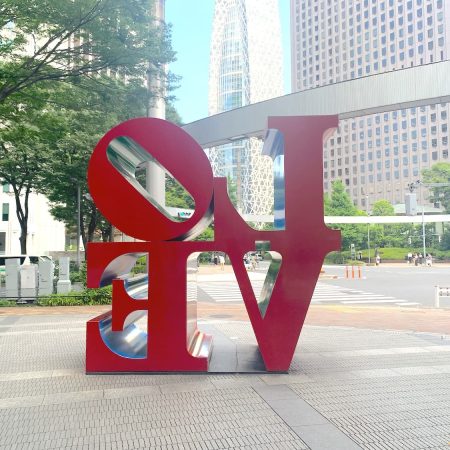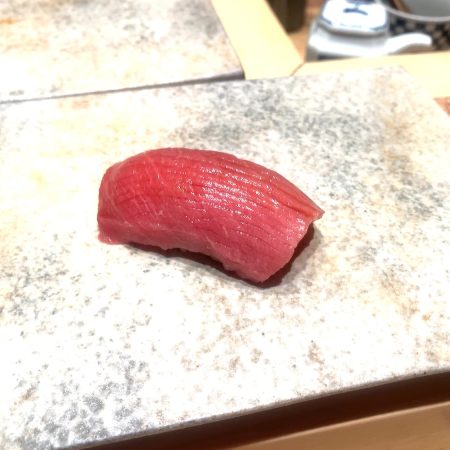Osaka: Where Tradition Meets Tomorrow – A Guide to Japan’s Most Dynamic City
Osaka, Japan’s vibrant metropolis, offers an extraordinary blend of modern attractions, cultural landmarks, and culinary delights. From towering skyscrapers to historic temples, from world-class entertainment to traditional shopping streets, this guide explores the city’s most remarkable destinations, carefully curated based on visitor experiences and ratings.
Universal Studios Japan (ユニバーサル・スタジオ・ジャパン): Hollywood Dreams in the Heart of Japan
As the first Universal Studios theme park outside the United States, USJ stands as a testament to Japanese innovation meeting Hollywood magic. Opened in 2001, this 54-hectare entertainment paradise features eleven themed areas, including the groundbreaking Super Nintendo World, which debuted in 2021. Visitors can immerse themselves in attractions like Mario Kart: Koopa’s Challenge, The Flying Dinosaur, and the spellbinding Harry Potter and the Forbidden Journey. The park masterfully blends American entertainment with Japanese creativity, offering unique experiences through rides, shows, and seasonal events.
Dotonbori (道頓堀): Osaka’s Gastronomic Paradise
Since its establishment in 1615 by Yasui Doton, Dotonbori has evolved from a theater district into Osaka’s premier entertainment and culinary destination. This vibrant area captivates visitors with its iconic giant signage, including the famous Glico Running Man sign, and an array of local delicacies. From takoyaki and okonomiyaki to kushikatsu, the district serves as a living museum of Osaka’s food culture, earning its reputation as the city’s kitchen.
Osaka Castle Park (大阪城公園): Where History Meets Natural Beauty
This sprawling 105.6-hectare park, centered around the majestic Osaka Castle, represents the perfect harmony of historical significance and natural splendor. The castle, originally built in 1583 by Toyotomi Hideyoshi, now stands as a remarkable eight-story structure housing a fascinating museum. The park’s seasonal attractions include the Nishinomaru Garden’s 300 cherry trees and the Plum Grove’s 1,270 plum blossoms. Visitors can enjoy panoramic views of Osaka Bay and the plain from the castle’s observation deck, making it an essential stop for both history enthusiasts and nature lovers.
Kuromon Market (黒門市場): The Kitchen of Osaka
Known affectionately as “Osaka’s kitchen,” this 580-meter shopping arcade features over 150 vendors offering the finest local produce and seafood. The market’s animated atmosphere, created by enthusiastic merchants and the constant flow of both professional chefs and tourists, provides an authentic glimpse into Osaka’s culinary culture. From premium tuna and puffer fish to fresh vegetables and local delicacies, Kuromon Market offers an immersive food experience that captures the essence of Osaka’s gastronomic heritage.
Osaka Aquarium Kaiyukan (海遊館): An Ocean of Wonder
One of the world’s largest aquariums, Kaiyukan presents an extraordinary journey through Pacific Rim marine ecosystems. Housing 30,000 creatures across 620 species in 14 carefully designed tanks, the aquarium offers unique experiences like the Aqua Gate tunnel and the mesmerizing Jellyfish Galaxy. The facility goes beyond entertainment, actively participating in marine conservation and research while offering educational programs. The adjacent Tempozan Ferris Wheel complements the experience with breathtaking views of Osaka Bay.
Abeno Harukas (あべのハルカス): Japan’s Tallest Skyscraper
Standing proudly at 300 meters with 62 floors, Abeno Harukas represents modern Japan’s architectural prowess. Since its completion in 2014, this multi-purpose skyscraper has become a symbol of Osaka’s innovation and future vision. Visitors can enjoy spectacular views from the Harukas 300 observation deck, explore Japan’s largest department store, appreciate art at the Harukas Art Museum, or indulge in luxury at the Marriott Miyako Hotel, all while admiring the building’s eco-friendly design and striking glass facade.
Grand Front Osaka (グランフロント大阪): A Modern Urban Oasis
Completed in 2013 as part of the visionary Umekita Project, Grand Front Osaka exemplifies sophisticated urban development. The complex’s four towers house the innovative Knowledge Capital, promoting creativity and collaboration, while the Umekita Floor showcases regional culture. With over 260 vendors, a peaceful roof garden, and regular cultural events, Grand Front Osaka serves as both a commercial center and a cultural hub that celebrates Japanese creativity and innovation.
HEP FIVE (ヘップファイブ): Youth Culture and Urban Entertainment
This iconic commercial complex in Umeda captures young Japan’s vibrant spirit with its distinctive red Ferris wheel. Housing over 170 fashion-forward stores and numerous dining options, HEP FIVE offers a unique blend of shopping and entertainment. The building-integrated Ferris wheel provides breathtaking views of the city from 106 meters above ground, while the complex’s whimsical design elements, including its famous whale sculpture, create an atmosphere of fun and excitement.
Osaka Station City (大阪ステーションシティ): A Gateway to Urban Sophistication
This magnificent transport and commercial hub seamlessly integrates modern amenities with traditional Japanese elements. The complex features the North and South Gate Buildings connected by an elegant bridge, housing the expansive Lucua shopping center and the prestigious Daimaru department store. Unique attractions include the Toki no Hiroba plaza, the Tenku no Noen rooftop garden, and the Hotel Granvia Osaka. The complex’s innovative design incorporates natural elements like green spaces and waterfalls, creating a harmonious urban environment that serves as both a transit point and a destination.
Osaka Tenmangu Shrine (大阪天満宮): A Sacred Scholar’s Haven
Founded in 949, this historic Shinto shrine dedicated to Tenjin, the god of scholarship, stands as a testament to cultural resilience. Famous for its Momoyama-style architecture and sacred ox statue, the shrine attracts students seeking academic success. The annual Tenjin Matsuri festival, one of Japan’s top three festivals, draws millions of visitors, while the February plum blossom festival showcases over 200 varieties of plum trees in full bloom.
America Mura (アメリカ村): Youth Culture’s Creative Hub
Once known as “Sumiya Machi” during the Edo period, America Mura transformed into a vibrant fashion and cultural district following the 1969 opening of café “LOOP.” The area became synonymous with American West Coast and Hawaiian fashion, attracting young trendsetters and university students. Despite facing modern challenges, the district maintains its position as a cultural melting pot, offering vintage clothing stores, unique dining experiences, and the famous Kogaryu takoyaki.
Shinsekai (新世界): A Phoenix from the Ashes
This fascinating district, modeled after Paris and New York, has experienced a remarkable revival from its post-war decline. The iconic Tsutenkaku Tower, rebuilt in 1956 at 103 meters, stands as its centerpiece, complete with an observation deck and the lucky Billiken statue. The area is renowned for its kushikatsu restaurants and vibrant atmosphere, embodying Osaka’s resilient spirit and cultural transformation.
Hozenji Yokocho (法善寺横丁): A Time Capsule of Traditional Osaka
Tucked away near the bustling Dotonbori, these two historic stone-paved alleys stretch 80 meters long and 3 meters wide, offering a tranquil contrast to nearby entertainment districts. Dating back to the Edo period, these atmospheric passages host traditional establishments serving kappo cuisine, okonomiyaki, and kushikatsu. The adjacent Ukiyo Koji, a narrow one-meter-wide alley decorated with red lanterns, provides glimpses into Osaka’s Taisho and early Showa periods.
Jan Jan Yokocho (ジャンジャン横丁): A Retro Food Paradise
Located in Shinsekai, this nostalgic 180-meter covered arcade earned its name from the cheerful banjo sounds that once filled its air. After overcoming post-war challenges, the alley experienced a remarkable revival in 1997, becoming a vibrant destination for both young visitors and food enthusiasts. The 2.5-meter-wide passage showcases an array of local delicacies, including kushikatsu, oden, takoyaki, and horumon, all served amid a festive atmosphere of colorful signs and lanterns.
Spa World (スパワールド世界の大温泉): Global Bathing Experience
This unique 24-hour spa complex offers an international journey through bathing cultures. Divided into European and Asian zones, visitors can experience various traditional bathing styles, from Roman baths to Persian spas. The facility includes indoor and outdoor hot springs, saunas, a water park, fitness center, and various entertainment options. The rooftop SPAPOO terrace provides additional relaxation opportunities with tent saunas and stunning city views.
The National Museum of Art, Osaka (国立国際美術館): Underground Artistic Haven
Japan’s first national museum dedicated to contemporary art, this underground facility on Nakanoshima Island showcases both domestic and international artistic achievements. The museum’s distinctive architecture, resembling bamboo shoots, houses significant post-World War II works and promotes cross-cultural artistic dialogue through innovative exhibitions and programs.
Tenjinbashi-suji Shopping Street (天神橋筋商店): Japan’s Longest Shopping Arcade
Stretching 2.6 kilometers, this historic shopping arcade dates back to the Edo period. Home to approximately 800 establishments across seven districts, it offers everything from modern fashion to traditional crafts. The street includes the fascinating Osaka Museum of Housing and Living, where visitors can experience historical Japanese lifestyle through immersive exhibits and kimono wearing opportunities.
Osaka Museum of Housing and Living (大阪くらしの今昔館): Time Travel Through Urban Life
This unique museum reconstructs the townscape of Edo-period Osaka, offering visitors an authentic glimpse into historical living conditions. Through detailed exhibits and regular special exhibitions, the museum preserves and presents the evolution of Osaka’s urban lifestyle from the Meiji to Showa eras. The facility provides an educational and engaging experience for those interested in Japanese cultural history.
Osaka Science Museum (大阪市立科学館): Gateway to Scientific Discovery
Located in Nakanoshima, this scientific institution focuses on space and energy exploration. The museum features a state-of-the-art planetarium with a 26.5-meter dome capable of projecting over 9,000 stars. Interactive exhibitions, engaging science shows, and hands-on learning opportunities make it an ideal destination for science enthusiasts of all ages.













